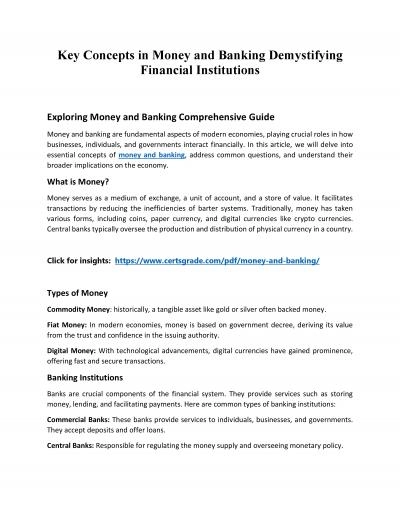PPT-How money works in business?
Author : fauna | Published Date : 2023-11-06
Professor Monica Dudian PhD ASE Bucharest Romania Agenda The Income Statement The Balance Sheet The Cash Flow Why do we need accounting Accounting is the total
Presentation Embed Code
Download Presentation
Download Presentation The PPT/PDF document "How money works in business?" is the property of its rightful owner. Permission is granted to download and print the materials on this website for personal, non-commercial use only, and to display it on your personal computer provided you do not modify the materials and that you retain all copyright notices contained in the materials. By downloading content from our website, you accept the terms of this agreement.
How money works in business?: Transcript
Download Rules Of Document
"How money works in business?"The content belongs to its owner. You may download and print it for personal use, without modification, and keep all copyright notices. By downloading, you agree to these terms.
Related Documents


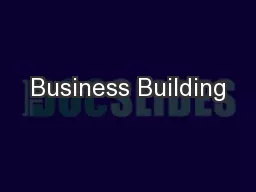
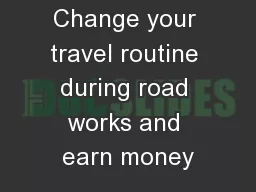

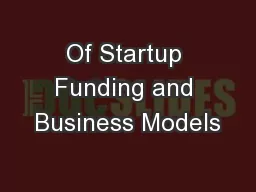
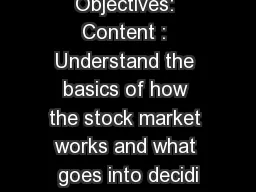
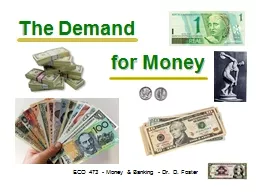
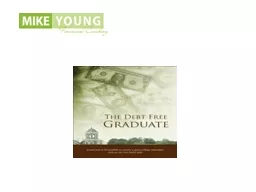
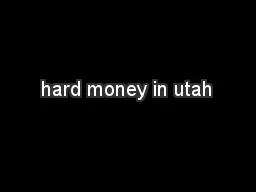
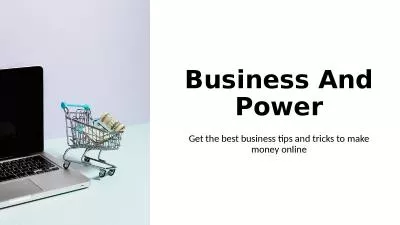

![[READ] All About Money - Economics - Business - Ages 10+: The Thinking Tree - Do-It-Yourself](https://thumbs.docslides.com/1008096/read-all-about-money-economics-business-ages-10-the-thinking-tree-do-it-yourself-homeschooling-curriculum-all-about-money-how-to-make-money-money-economics-business-research-gre.jpg)

